Introduction
Eight-treasure porridge, also known as babao zhou, is a traditional Chinese dessert soup cherished for its rich flavors, nutritional benefits, and symbolic significance. Comprising eight ingredients—typically including glutinous rice, red beans, lotus seeds, dried longan, barley, mung beans, jujube dates, and walnuts—this dish is both comforting and wholesome. While often enjoyed warm, reheating eight-treasure porridge requires care to preserve its texture, aroma, and nutritional value. This article explores the best practices for heating eight-treasure porridge, whether it’s leftover from a meal or store-bought, ensuring every spoonful delivers the same delightful experience as when freshly made.
Why Proper Heating Matters
Eight-treasure porridge is a delicate balance of grains, beans, and dried fruits. Improper heating can lead to uneven warmth, a loss of texture, or even spoilage if not handled correctly. Overheating may cause the porridge to become too thick, gluey, or separated, while underheating leaves it lukewarm and unappetizing. Mastering the right techniques ensures the ingredients remain intact, the flavors meld harmoniously, and the dish retains its comforting warmth.
Methods to Heat Eight-Treasure Porridge
Stovetop Heating
The stovetop method is ideal for achieving even heat distribution and restoring the porridge’s creamy consistency.
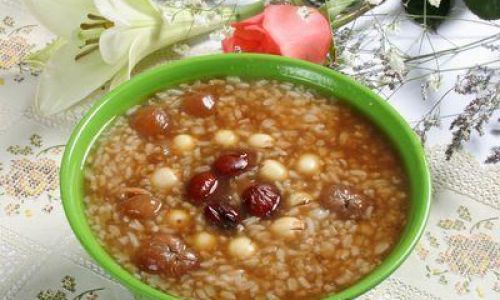
Steps:
- Transfer to a Pot: Pour the cold porridge into a medium-sized saucepan. Avoid using nonstick pots if the porridge is very sticky, as it may damage the coating.
- Add Liquid (Optional): If the porridge has thickened significantly during refrigeration, stir in 2–3 tablespoons of water, milk, or broth to loosen it.
- Heat Gently: Place the pot over low to medium-low heat. Stir continuously with a wooden spoon to prevent sticking or burning.
- Adjust Consistency: Continue heating for 5–7 minutes, or until steaming hot. Add more liquid if needed to reach your desired thickness.
- Serve Immediately: Once heated through, transfer to bowls and enjoy.
Pros: Full control over heat, ideal for large batches.
Cons: Requires constant stirring to avoid scorching.
Microwave Heating
The microwave is the quickest method, perfect for busy individuals or small portions.
Steps:
- Use a Microwave-Safe Dish: Transfer the porridge to a glass or ceramic bowl. Avoid plastic containers, as they may leach chemicals when heated.
- Cover Loosely: Place a microwave-safe lid or damp paper towel over the bowl to trap steam and prevent splatters.
- Heat in Intervals: Start with 1 minute on high power. Stir thoroughly, then heat in 30-second bursts until steaming.
- Check Temperature: Avoid overheating, as microwaves can create hotspots. Stir between intervals to distribute heat evenly.
- Adjust Texture: If the porridge is too thick, stir in a splash of liquid before the final heating cycle.
Pros: Fast and convenient.
Cons: Risk of uneven heating; may dry out the porridge if not monitored.
Steaming
Steaming is a gentle method that preserves moisture and prevents the porridge from becoming gluey.
Steps:
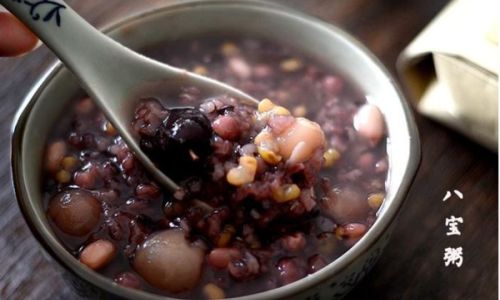
- Use a Steamer Basket: Fill a pot with 1–2 inches of water and bring to a simmer. Place a heatproof bowl of porridge in a steamer basket above the water.
- Cover and Steam: Cover the pot and steam for 10–15 minutes, stirring occasionally.
- Add Liquid if Needed: If the porridge thickens, stir in a small amount of liquid during steaming.
Pros: Retains moisture and texture.
Cons: Slower than microwaving; requires specialized equipment.
Slow Cooker/Crockpot
Ideal for reheating large quantities without supervision.
Steps:
- Transfer to the Slow Cooker: Pour the porridge into the cooker and add a splash of liquid.
- Heat on Low: Cook on the “low” setting for 1–2 hours, stirring occasionally.
- Monitor Consistency: Adjust with liquid as needed to prevent drying out.
Pros: Hands-off heating; great for meal prep.
Cons: Time-consuming; not suitable for small portions.
Double Boiler Method
This indirect heating technique ensures gentle, even warmth.
Steps:
- Prepare the Double Boiler: Fill the bottom pot with water and bring to a simmer. Place the porridge in the top pot.
- Stir Occasionally: Heat for 15–20 minutes, stirring every 5 minutes.
- Adjust Thickness: Add liquid if the porridge becomes too dense.
Pros: Minimal risk of burning; preserves delicate flavors.
Cons: Labor-intensive; requires specific equipment.
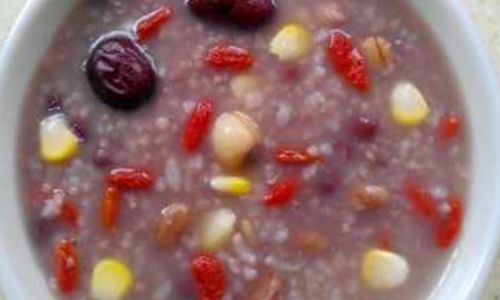
Tips for Perfectly Heated Eight-Treasure Porridge
- Avoid High Heat: Rapid heating can cause the porridge to stick or curdle. Stick to low or medium-low settings.
- Stir Frequently: This prevents lumps and ensures even warmth.
- Taste Before Serving: Adjust sweetness or thickness with honey, sugar, or additional liquid.
- Reheat Only Once: Frequent reheating can degrade quality and safety.
Common Mistakes to Avoid
- Overheating: Leads to a gummy texture and loss of flavor.
- Using the Wrong Container: Non-microwave-safe dishes can crack or leach chemicals.
- Neglecting to Stir: Results in hotspots and uneven consistency.
- Adding Too Much Liquid: Thins the porridge beyond repair.
Ingredient-Specific Heating Tips
- Dried Fruits (Longan, Jujube): These absorb moisture during reheating. Add a splash of fruit juice or water to keep them plump.
- Nuts (Walnuts, Almonds): Toast lightly before adding to reheated porridge to enhance crunch.
- Beans and Grains: May thicken upon cooling. Stir in broth or coconut milk for creaminess.
Storing Leftovers Properly
- Cool Quickly: Refrigerate porridge within 2 hours of cooking to prevent bacterial growth.
- Use Airtight Containers: Store in portions to avoid repeated reheating.
- Freeze for Longevity: Freeze in silicone molds or ice cube trays for easy portioning. Thaw overnight before reheating.
Troubleshooting Guide
- Porridge is Too Thick: Stir in hot liquid (water, milk, or broth) until desired consistency is reached.
- Separated Layers: Blend briefly with an immersion blender or whisk vigorously to recombine.
- Burnt Bottom: Scrape off the burnt portion and transfer the rest to a clean pot. Add liquid and reheat gently.
Creative Ways to Serve Heated Porridge
- Sweet Variations: Drizzle with honey, sprinkle with cinnamon, or top with fresh fruit.
- Savory Twist: Add a pinch of salt, sesame oil, or chopped scallions.
- As a Base: Use warm porridge as a bed for stir-fried vegetables or grilled meats.
FAQs About Heating Eight-Treasure Porridge

Can I reheat eight-treasure porridge in its original packaging?
Only if the packaging is microwave-safe. Transfer to a heatproof dish if uncertain.
How long does heated porridge last?
Consume within 2 hours of reheating. Discard if left at room temperature for longer.
Can I use a rice cooker to heat porridge?
Yes, using the “keep warm” setting. Add liquid and stir periodically.
Why does my porridge taste bitter after reheating?
Overheating or burning the sugars in dried fruits can cause bitterness. Monitor heat closely.
Is eight-treasure porridge gluten-free?
Traditional recipes use glutinous rice (which is gluten-free), but always check labels for additives.
Can I freeze eight-treasure porridge?
Yes. Freeze in airtight containers for up to 3 months. Thaw in the refrigerator before reheating.
How do I reheat frozen porridge?
Thaw overnight, then reheat using stovetop or microwave methods. Avoid reheating from frozen to prevent texture issues.

Can I add milk while reheating?
Yes, but dairy may curdle if overheated. Add milk after reheating or use plant-based alternatives.
What if I don’t have all eight ingredients?
Substitute with similar items (e.g., quinoa for barley, raisins for jujube). Adjust sweetness to taste.
Is eight-treasure porridge vegan?
Most recipes are vegan, but some use honey or animal-based sweeteners. Check ingredients or make your own.
Conclusion
Heating eight-treasure porridge is an art that balances patience, technique, and respect for its ingredients. Whether you prefer the stovetop’s control, the microwave’s speed, or the steamer’s gentleness, the key lies in monitoring heat and stirring diligently. By avoiding common pitfalls and embracing creative serving ideas, you can transform leftovers into a comforting meal that honors tradition while suiting modern lifestyles. Experiment with flavors, textures, and heating methods to make every bowl of eight-treasure porridge a delightful experience.
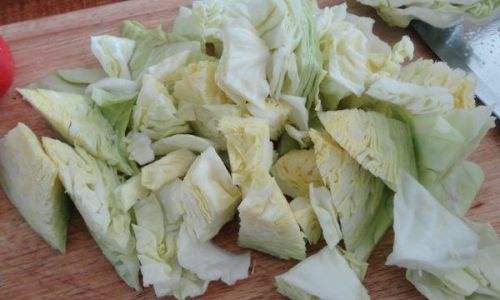
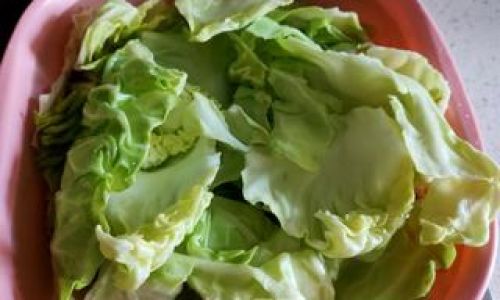

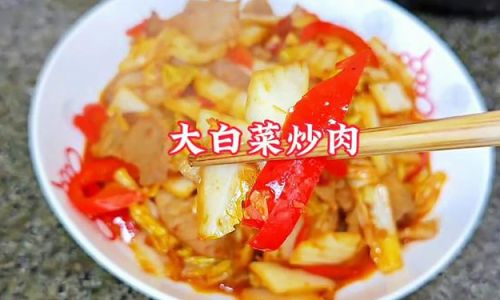
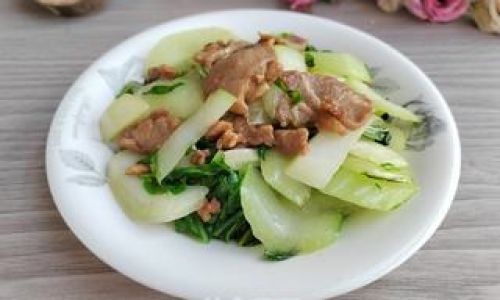
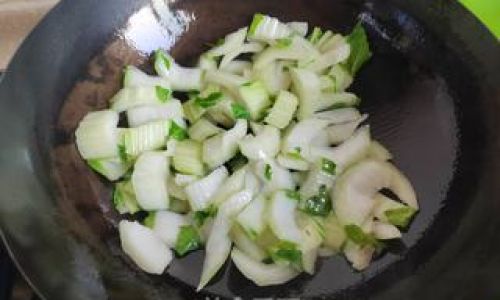
0 comments